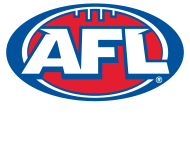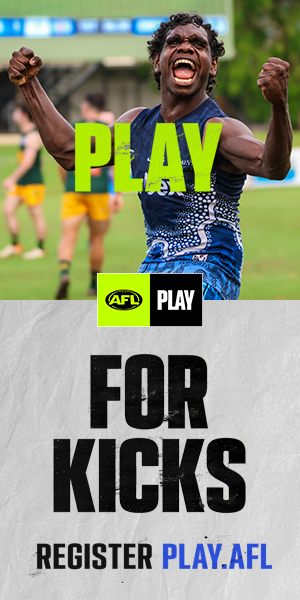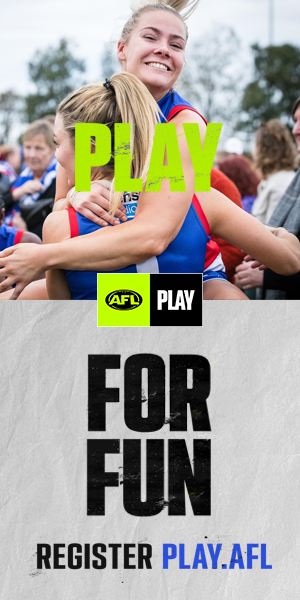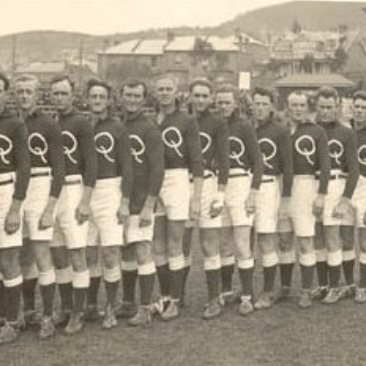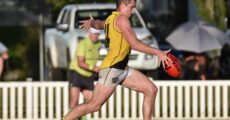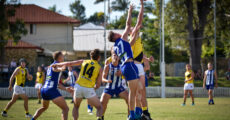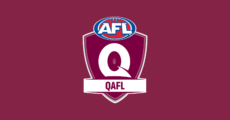The “Q” is back…but where did it come from?
This weekend’s QAFL v VAFA match will see Queensland senior players don the “Q” once again, harking back to Queensland’s strong football history.
While the “Q” became a significant symbol to the state’s representative teams, Queenslanders of 130 years ago donned a more Essendon-like moniker.
Our first state team, taking on NSW, wore red and black hoops, the strip of the then Brisbane Football Club, a popular design of the era.
Queensland’s signature maroon made its debut in the 1904 match against NSW, where it was reported that Queensland wore maroon guernseys and hose and blue knickers.
The birth of the Q came about in the interstate carnival staged to mark the 50th anniversary of Australian football.
Queensland’s Guernsey in this, was described as ‘maroon with a white Q monogram on the breast, white knickers and maroon hose with white tops’.
The ‘Q’ slipped in and out of Queensland footy around the time of WWI, with the ‘Banana-landers’, as they were known, opting to wear a plain maroon guernsey for one-off interstate matches.
1924 heralded the beginning of the “Q” era, starting a more than 50-year tradition of Queenslanders sporting the iconic design, similar to that which our QAFL representatives will pull on this Sunday.
Over that time, the ‘Q” entrenched itself as an emblem for Queensland football.
From around the mid-1970s, Queensland played around with various designs, donning a white Guernsey with maroon sash, and more recently, a maroon Guernsey with a white picket fence design, similar to that of the SANFL’s Port Adelaide Magpies.
In the last 25 years, as Queensland has often teamed up with other states at senior representative level, the ‘Q’ was not as prevalent, with teams like the Allies, Queensland-Northern Territory and the NEAFL Northern Conference wearing a range of guernsey.
But this weekend, the “Q” is back and each player will pull on that Guernsey with pride, as they mark the start of a new representative era.
Thanks to Greg Parker from the Queensland Footy Forensics for this story.
